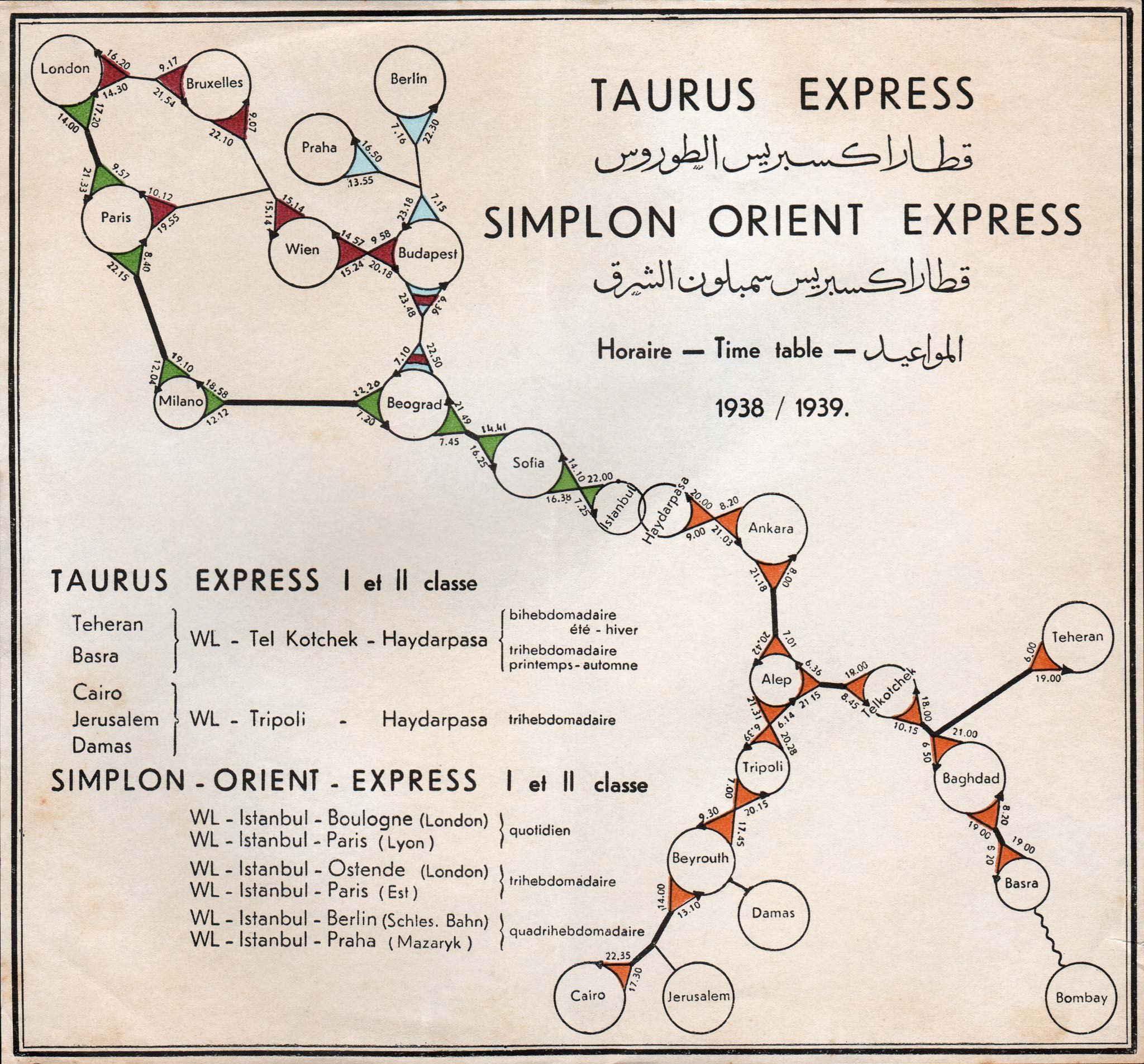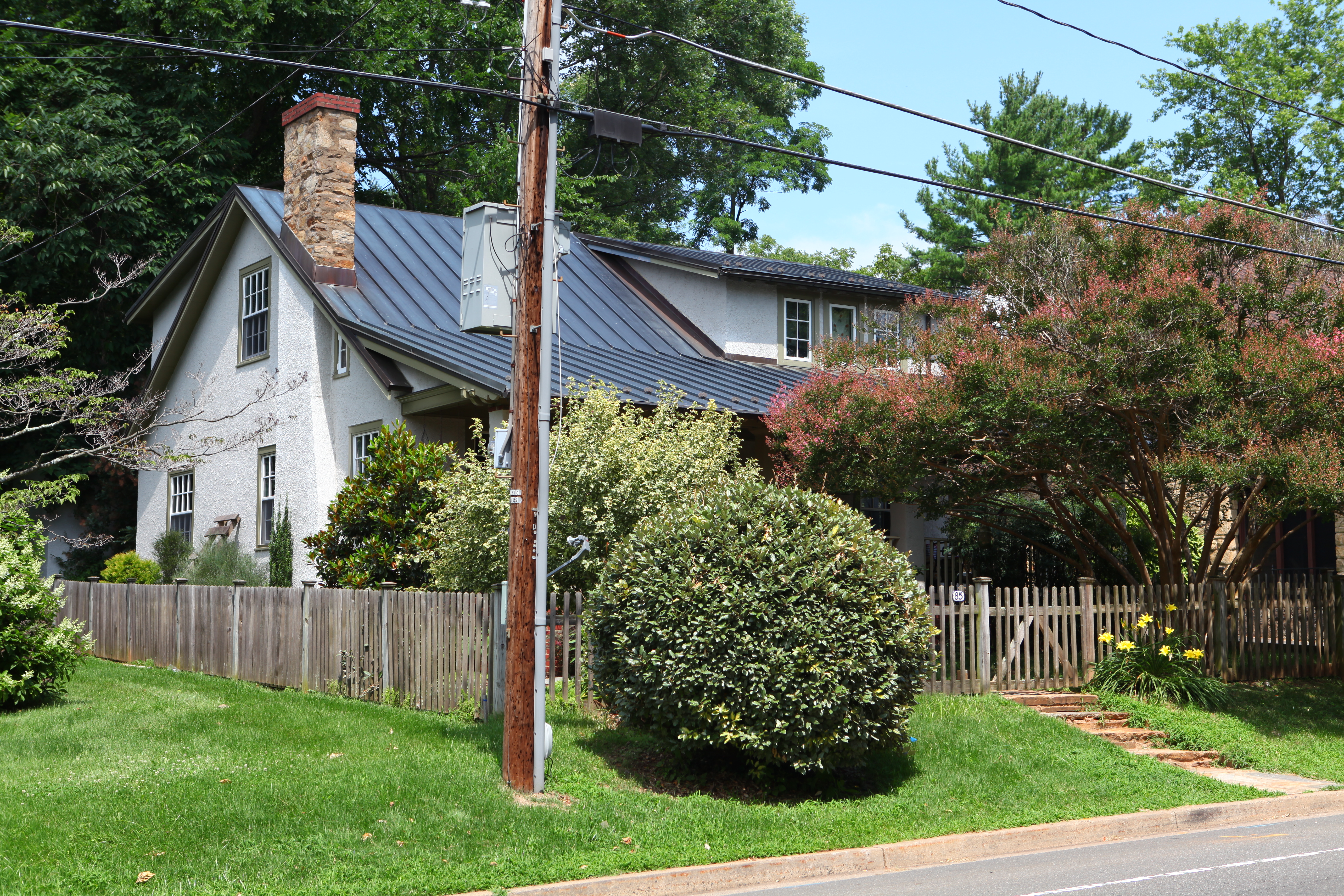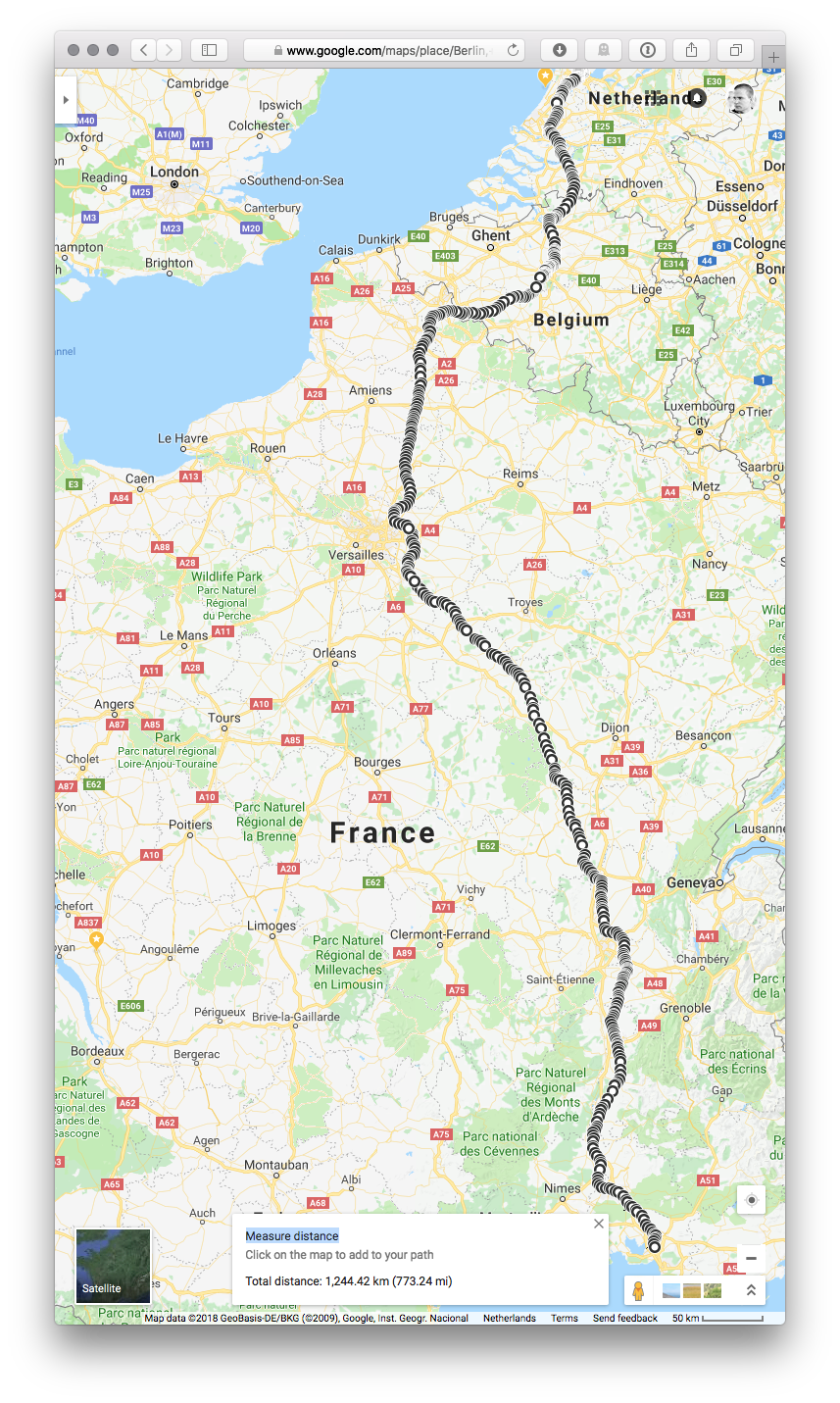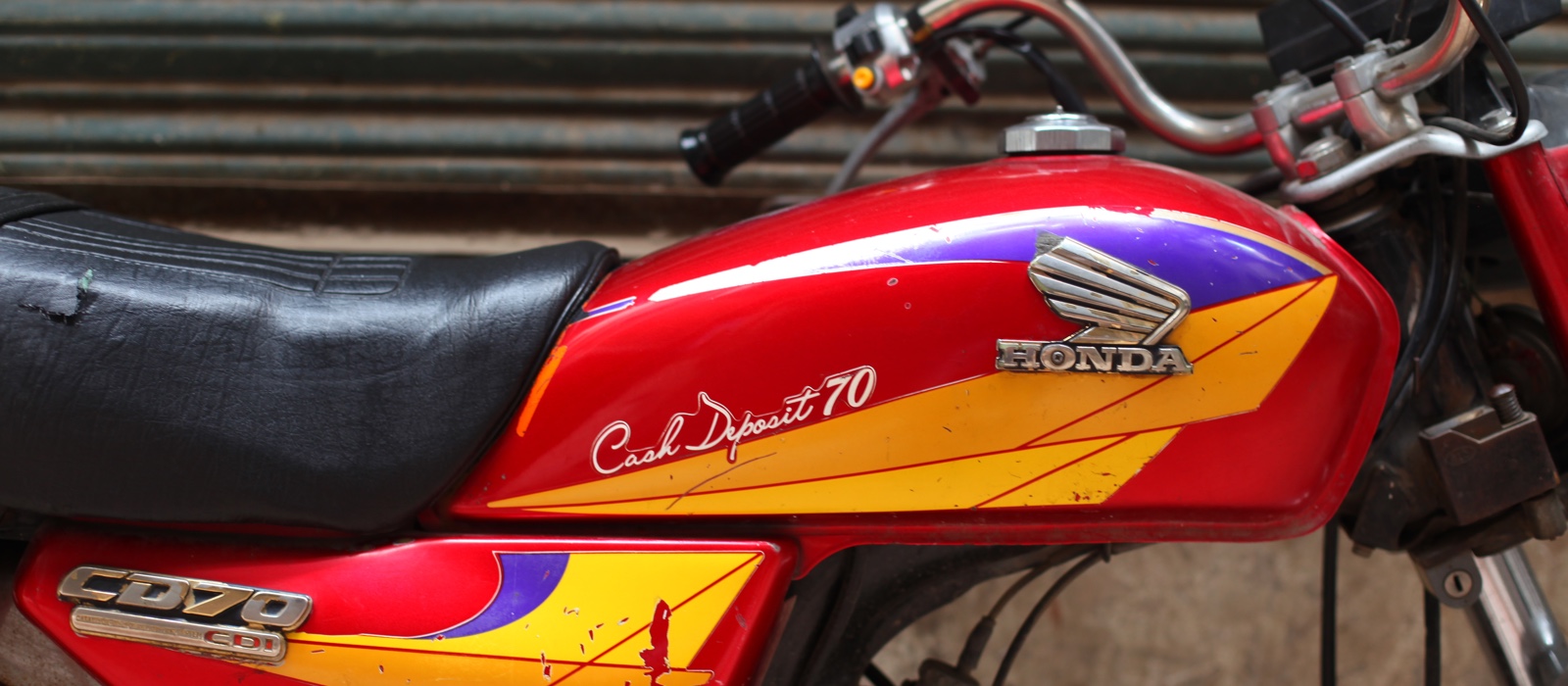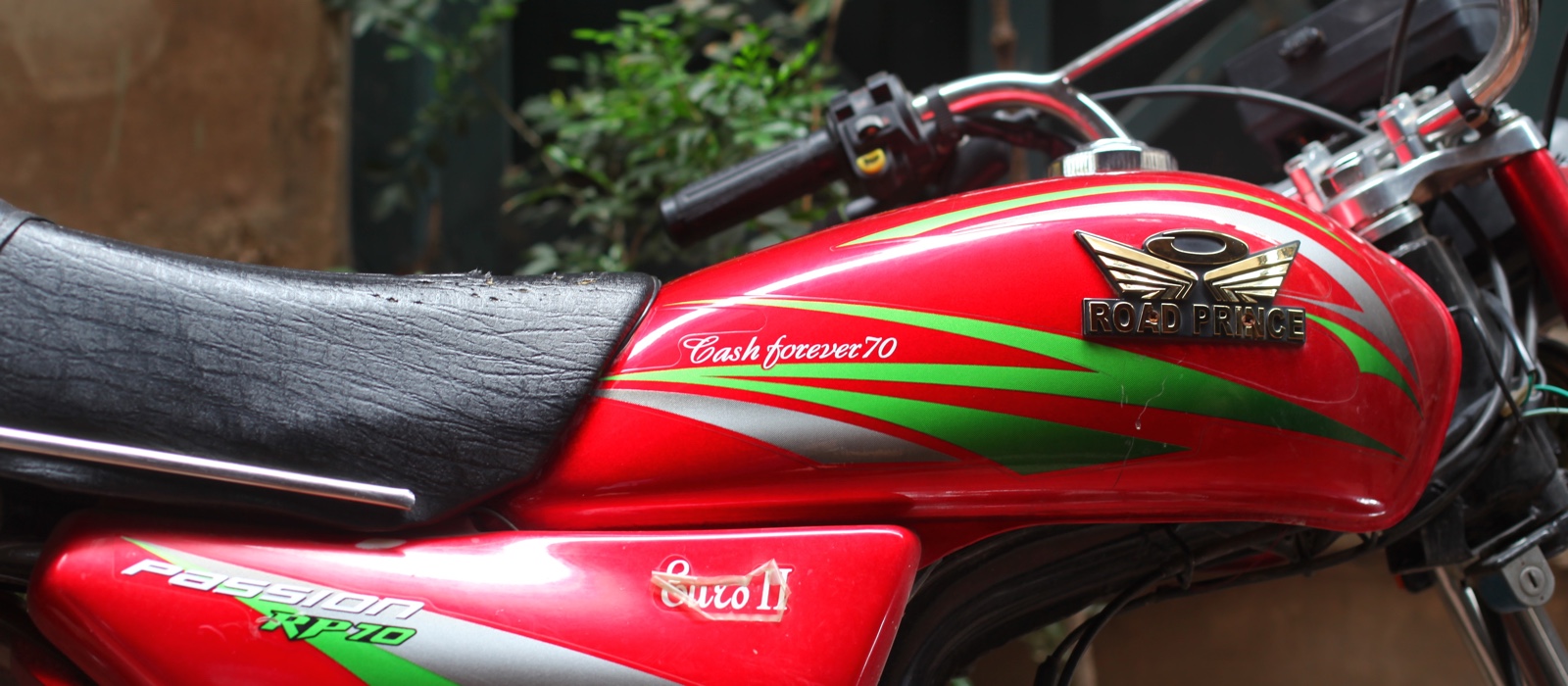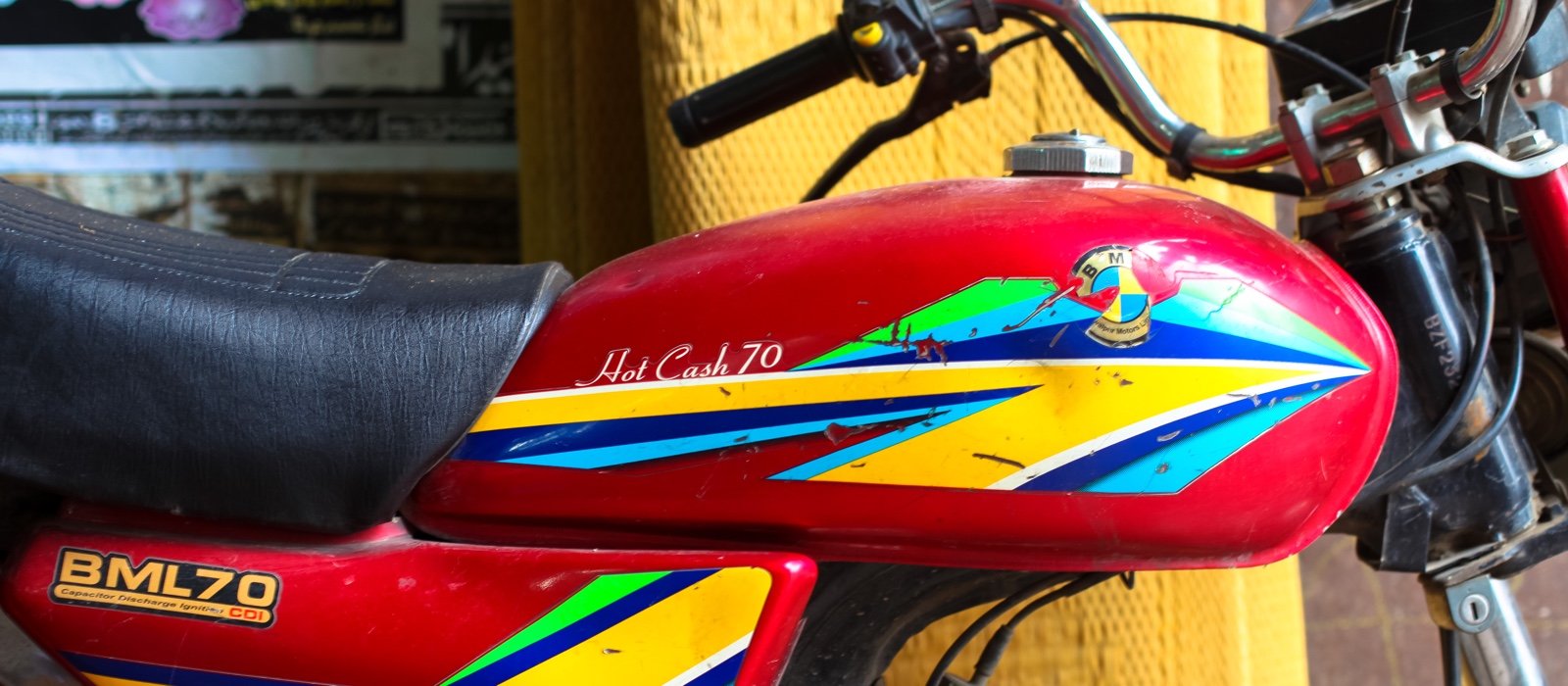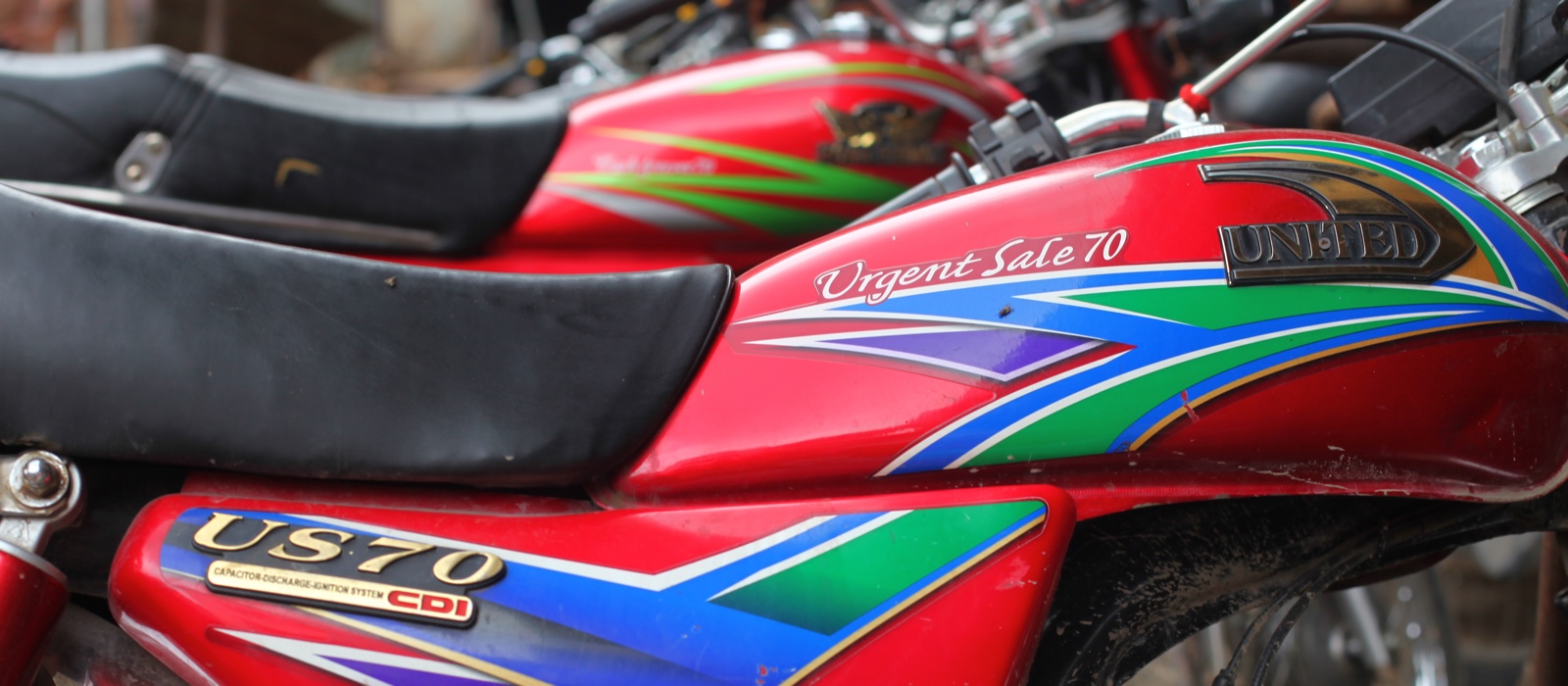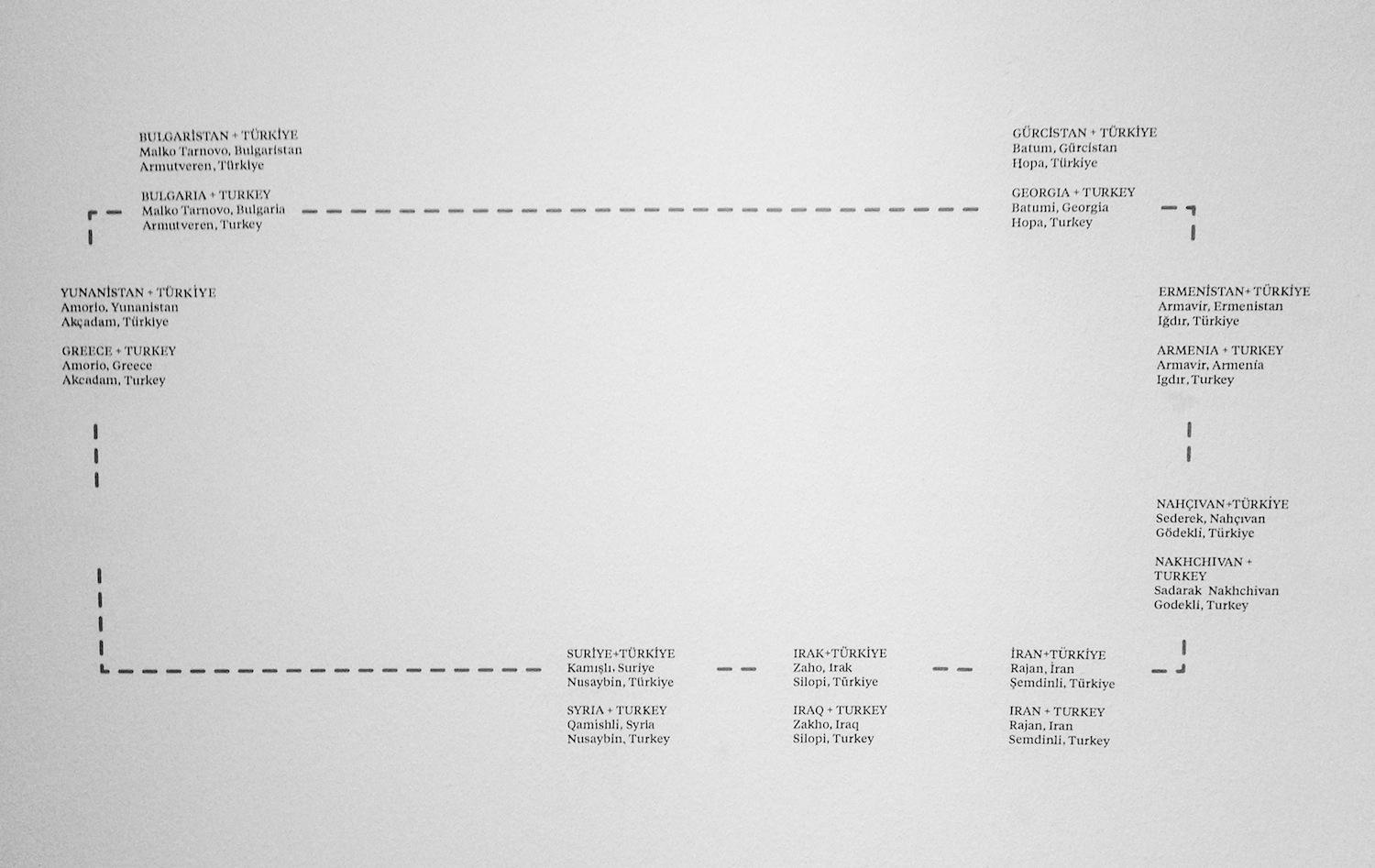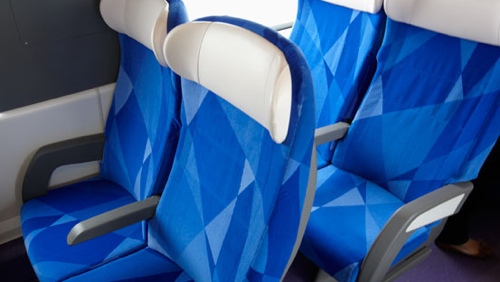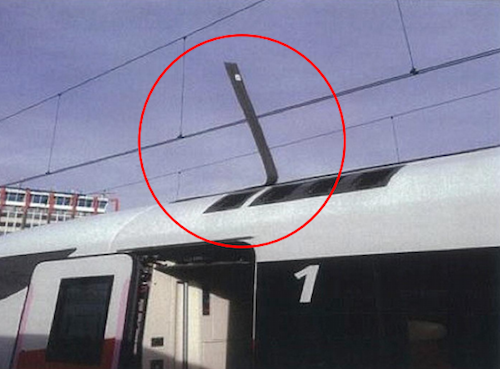Punkt. Aus
This year I got myself a Punkt. MP02 mobile phone. I had been eying the Punkt. for a while as a secondary phone that I could use during periods when when I wanted to avoid the distraction potential that comes with my smartphone — vacations or an evening out at a restaurant or at friends for example. Sometime in 2021 the Punkt. — which is essentially a phone that can do calls, SMS and function as a 4G hotspot — gained the ability to send and receive messages over Signal — which given that I do my messaging over Signal and iMessage — made switching for periods of time feel like a viable option (unlike iMessage which will fall-back to SMS, Signal messages just stay undelivered if the receiving client is not active).
I got the Punkt. on xmas eve and while it is indeed a very nice piece of hardware, that feels nice in the hand I was disappointed almost immediately. Setting up Signal (via an app that is called Pigeon) was extremely cumbersome (mainly because is includes a step where you need to solve an image captcha, that is extremely buggy on the phone’s small screen) and once I had managed to set up Pigeon, the app kept crashing immediately after opening it. The other problem was that by signing into Signal on the Punkt. I was immediately signed out of Signal on my iPhone (which was kind of expected) but also on my laptop (i am a heavy signal user on the laptop and had not considered this).
At the time Punkt. had already announced that a new version of Pigeon would be released on the 27th of December so I boxed up the MP02, went back to the iPhone and waited a few days.
After installing the Pigeon update a few days later, I did manage to get Signal up and running on the phone (while suffering thought the same buggy captcha process again) and could receive and send (with all the drawback that come with suddenly being thrown back to T9 text input) Signal messages on the phone. A few days later we went on vacation to a remote corner of Denmark and I was determined to rely on the Punkt. for that week.
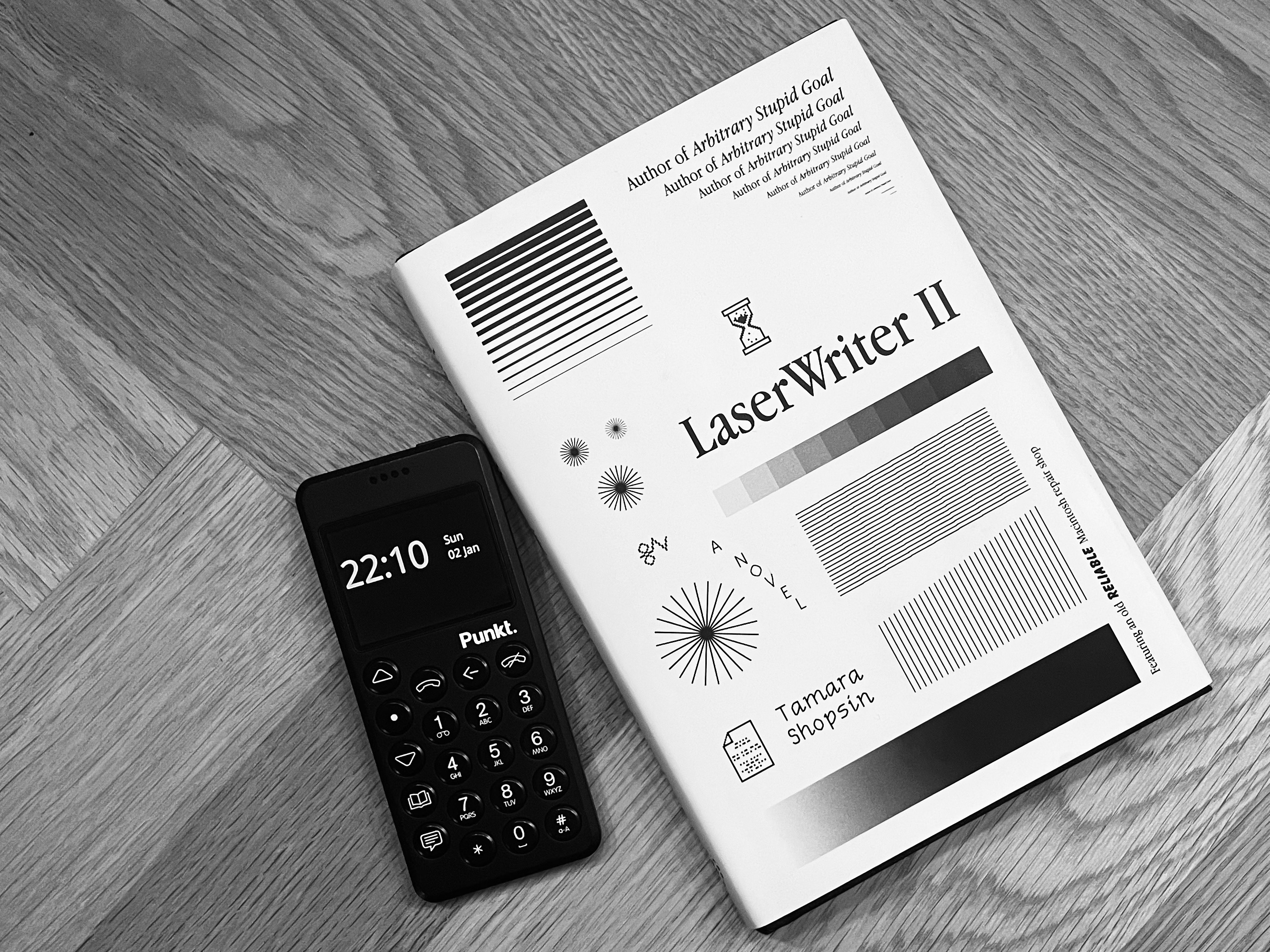
Punkt. MP02 + Laserwriter II on the table of our vacation house
During the week in Denmark week I tried to stay away from the internets and anything work related as much as possible and the Punkt. certainly helped with that. Still other limitations of not using an iPhone became painfully clear almost immediately. While I had bought the Punkt. primarily to avoid distractions and to be less reachable there are in fact lots of functions integrated into modern smartphones that are simply helpful without being distracting.
I had expected that I would miss things like recording my runs on Strava and listening to podcasts while running (both of which work perfectly fine on my non-internet connected iPhone which I took along for my runs) but some other limitations where less expected: the fact that the Punkt. does not support contactless payment (a la Apple Pay) means that I needed to carry a wallet with me for the first time in two or so years. But it was the fact that the Punkt. does have no ability to display an EU Digital COVID Certificate is what ultimately made me swap my SIM-card back into the iPhone and abandon the whole experiment. There was no printer in our vacation house in the remote corner of Denmark but more fundamentally — this being the 21st century — I am simply not willing to go back to carry papers around with me as a trade-off for having less distraction in my life.
Tomorrow UPS guy will come and pick up the phone under Punkt.’s Hassle-free 30 days returns policy and I will be a bit sad that this experiment did not work out. The MP02 is a really nice piece of hardware and I would be happy1 to give it another try if they manage to support Signal in a way that you can run it on multiple devices and switching SIM-cards does not involve silly captcha acrobatics anymore (assuming that by then COVID-19 will be endemic and there is no need to regularly show COVID certificates at random moments of the day).
-
There is one thing that I am really disappointed with: One of the promotional shots of the MP02 on the Punkt. website shows the phone with a map based interface on the screen which I really liked. Turns out that this is simply a mock-up and that this particular interface does not exist for real. ↩︎

